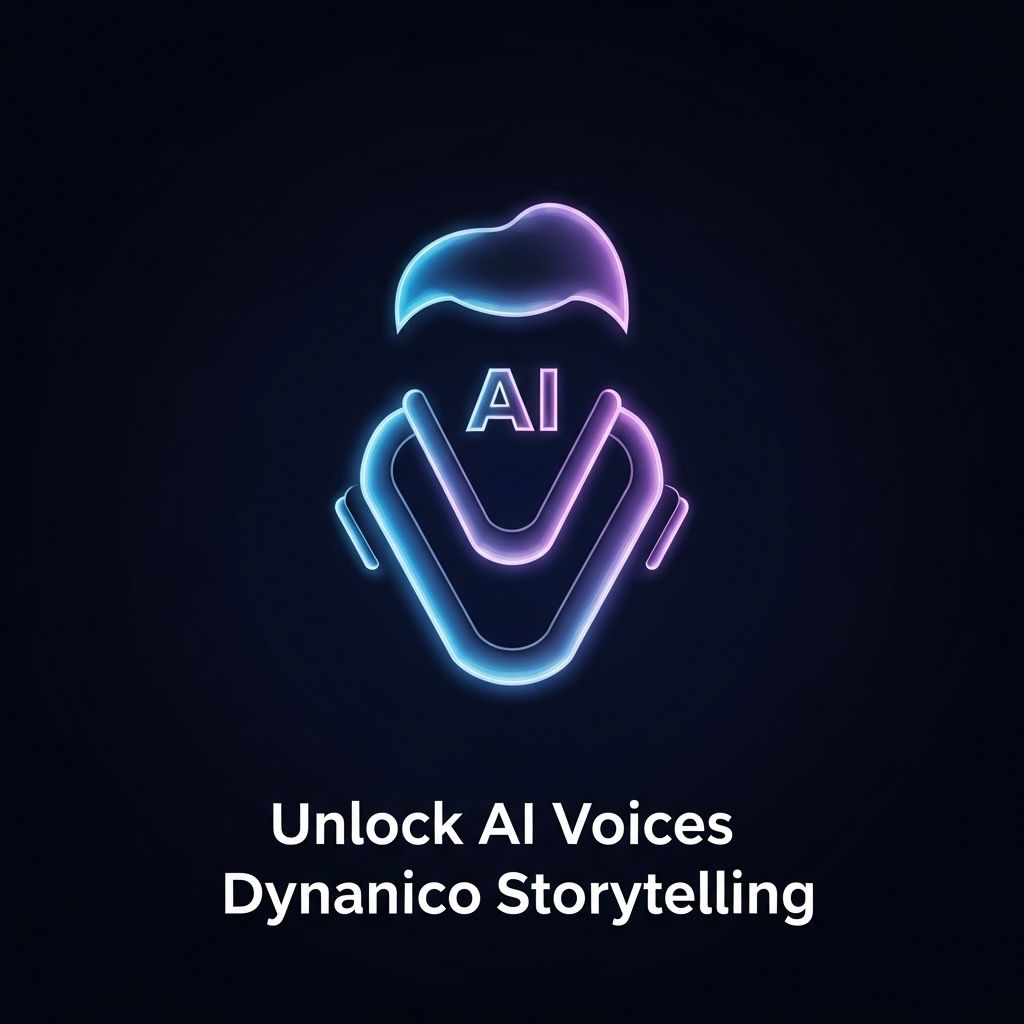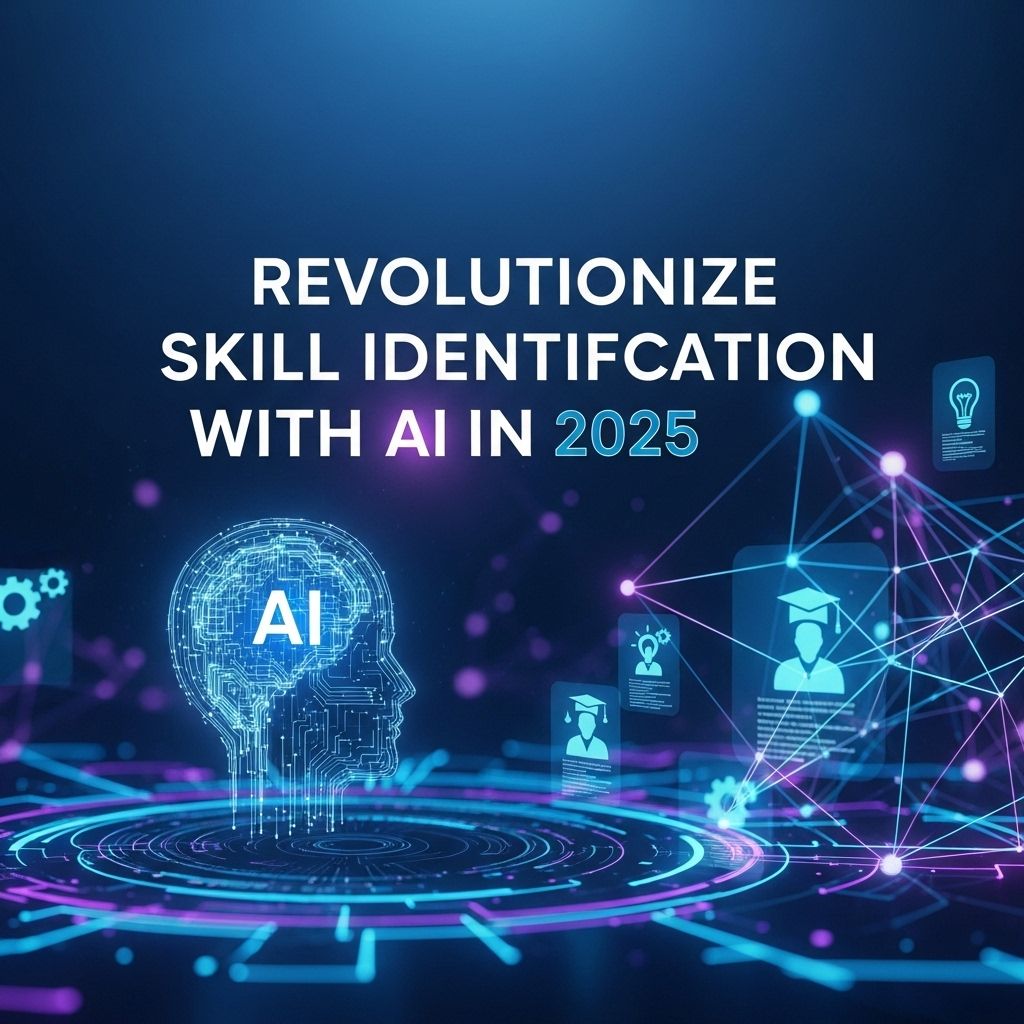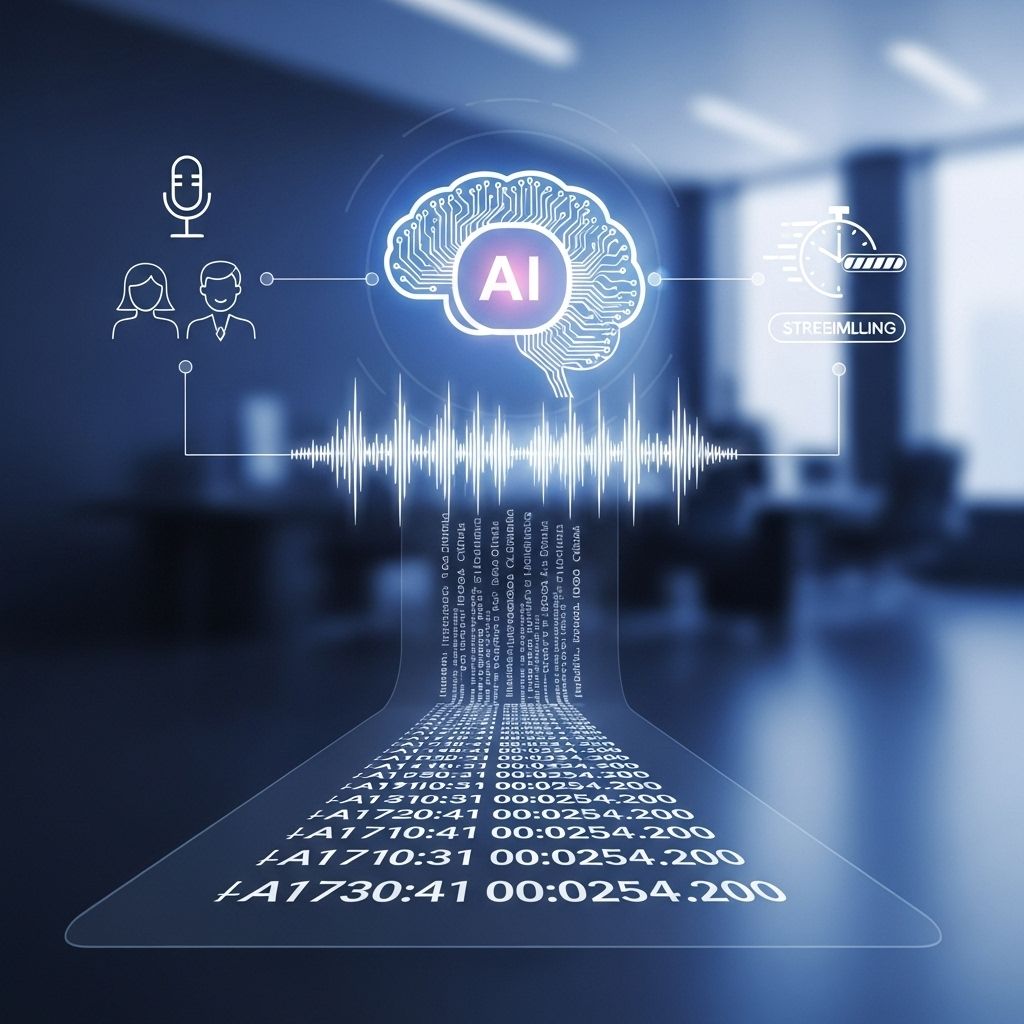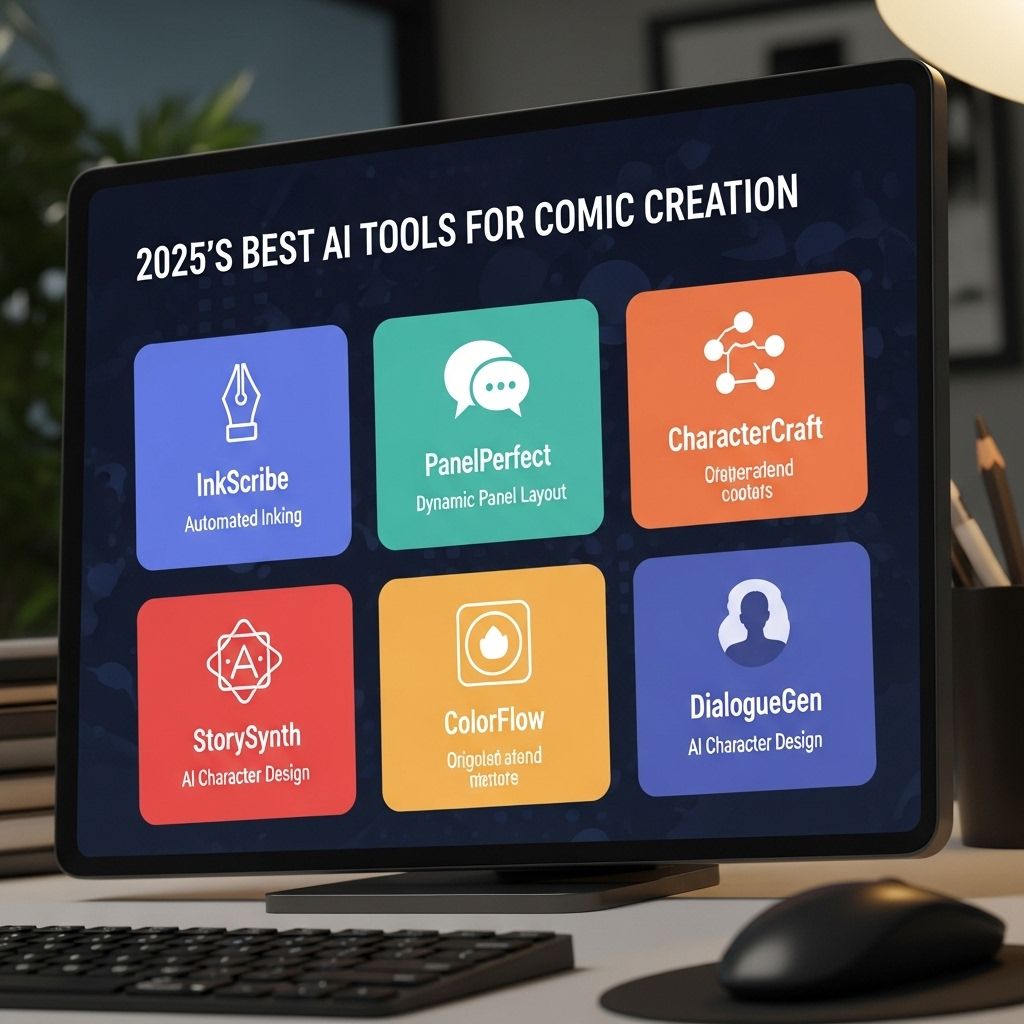Unlock AI Voices for Dynamic Storytelling
Discover how AI voices can enhance storytelling, bringing characters to life and engaging audiences in new ways.

In the rapidly evolving world of artificial intelligence, the way we tell stories is undergoing a significant transformation. With AI voices stepping into the limelight, content creators are finding dynamic new methods to enhance their storytelling capabilities. These AI voices are not just tools; they represent a revolutionary shift in how narratives are crafted, experienced, and shared across various platforms. Let’s delve into the technology behind these voices, their applications, and how they are reshaping the landscape of storytelling.
Table of Contents
Understanding AI Voice Technology
The foundation of AI voice technology lies in sophisticated algorithms and machine learning models. At the heart of it, these systems analyze and synthesize human speech patterns, allowing them to generate voices that are increasingly realistic and expressive. The technology can be broken down into several key components:
- Text-to-Speech (TTS): This is the primary method through which written text is converted into spoken words. Modern TTS systems use neural networks to create voices that sound natural and engaging.
- Voice Cloning: This technique allows for the replication of specific human voices, enabling the creation of personalized audio content that can resonate deeply with audiences.
- Emotion and Prosody Recognition: Advanced AI voices can detect emotional cues from text and adjust their tone and pacing accordingly, adding a layer of depth to storytelling.
Applications in Storytelling
AI voices are being utilized in a wide range of storytelling scenarios, from entertainment to education. Here are some notable applications:
1. Audiobooks
One of the most popular uses of AI voices is in the production of audiobooks. Publishers are now able to:
- Create audiobooks at a fraction of the cost compared to hiring human narrators.
- Produce content in multiple languages more efficiently, broadening their audience reach.
2. Interactive Games
In the gaming industry, AI voices bring characters to life with realistic dialogue and emotional delivery. This added layer of immersion allows players to:
- Engage more deeply with the storyline.
- Experience a diverse range of characters, each with unique voices and personalities.
3. Educational Platforms
Educational technology is leveraging AI voices to create interactive learning experiences. Some benefits include:
| Benefit | Description |
|---|---|
| Accessibility | Students with learning disabilities can benefit from auditory learning experiences. |
| Engagement | Dynamic speech can hold learners’ attention better than static text. |
Advantages of AI Voices
The advantages of using AI voices in storytelling are manifold:
Cost Efficiency
Producing high-quality audio content traditionally required substantial investment in voice talent. AI voices drastically reduce these costs, allowing creators to allocate resources elsewhere.
Scalability
With AI, it’s possible to produce audio for multiple pieces of content simultaneously, allowing for rapid scaling of projects.
Personalization
AI voices can be customized to reflect the brand’s voice or even the individual preferences of the listener, leading to a more personalized experience.
Challenges and Considerations
Despite the myriad benefits, there are challenges associated with using AI voice technology:
Quality Control
While AI-generated voices are becoming increasingly realistic, they still require oversight to ensure quality and adherence to the intended tone and emotion.
Ethical Concerns
The ability to clone voices raises ethical issues around consent and misuse. Content creators must navigate these concerns responsibly.
Integration with Existing Workflows
Incorporating AI voices into established workflows may require a shift in processes, training, and technology infrastructure.
The Future of Storytelling with AI Voices
As AI voice technology continues to improve, the future of storytelling looks promising. Potential advancements include:
- Greater Emotional Intelligence: Future models may be able to interpret complex emotions like sarcasm and humor, making storytelling even more engaging.
- Real-Time Adaptation: Imagine a story that adapts dynamically to audience reactions in real-time, guided by AI voices that respond accordingly.
- Multi-Modal Storytelling: Blending audio, visual, and text elements powered by AI can create immersive experiences that captivate and retain audience attention.
Conclusion
AI voices are revolutionizing the storytelling landscape, making narratives more accessible, engaging, and personalized than ever before. As the technology continues to evolve, content creators must embrace these innovations while navigating the accompanying challenges. By doing so, they can unlock the full potential of their storytelling capabilities and connect with audiences in profound ways.
FAQ
What are AI voices in dynamic storytelling?
AI voices are computer-generated speech that can narrate stories, allowing for immersive and engaging storytelling experiences.
How can I use AI voices for my storytelling projects?
You can integrate AI voices into various platforms and applications, such as podcasts, audiobooks, and interactive storytelling apps, to enhance the narrative.
Are AI voices customizable for different characters?
Yes, many AI voice platforms allow you to customize voices, accents, and styles to suit different characters in your story.
What are the benefits of using AI voices in storytelling?
AI voices can provide a professional narration quality, save time in production, and offer a unique listening experience for audiences.
Can I use AI voices for commercial storytelling projects?
Yes, many AI voice services offer licenses that allow you to use their voices in commercial projects, but it’s essential to check the specific terms.
How do I choose the right AI voice for my story?
Consider the tone, character traits, and target audience of your story when selecting an AI voice to ensure it resonates with your listeners.








